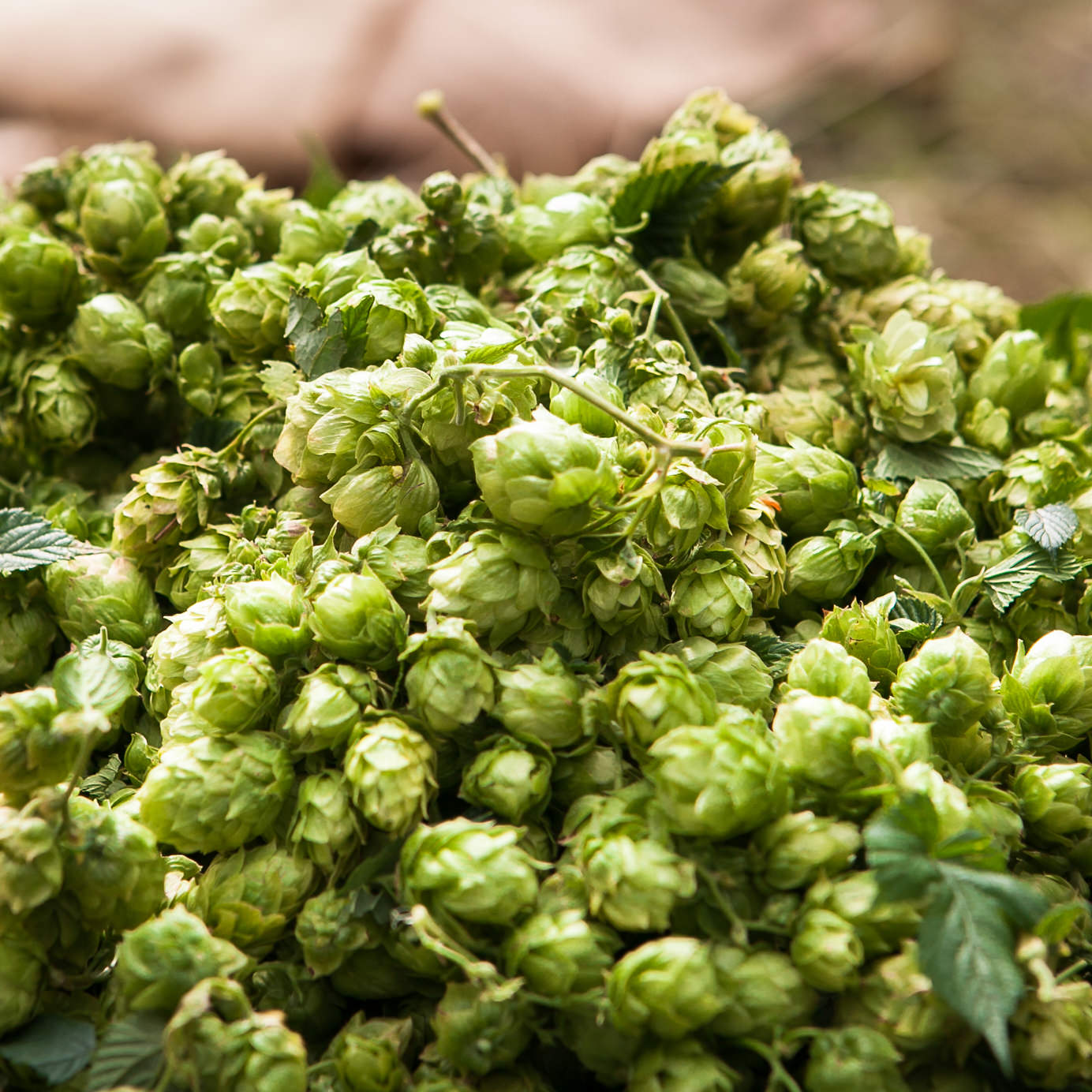Terms like “fruited” and “flavor-forward” may evoke wine tastings but, when it comes to complex beverages with nuanced flavors, don’t count beer out. As the craft beer industry continues to grow and diversify, more beers are hitting the market with layered flavors and aromas. Sometimes those nuances come from added ingredients, but often they result from the brewing process itself.
Whether you’re picking up tropical fruit aromas in an IPA or tasting coffee in a stout, the chemical compounds in yeast, malt, and hops that emerge in the brewing process can create some incredible flavors. Here are the most recognizable flavors in beer and the compounds that create them.
From Yeast
Yeasts and sugars interact in the malt, creating aromas and flavors that range from fruits to spices to questionably appetizing consumer products like nail polish remover. Different types of yeast create different tastes and aromas, as does brewing temperature.
The main flavor contributors from yeast are esters and phenols. In general, the warmer the fermentation, the more esters that are present. Ale yeast prefers warmer temperatures compared to lager yeast, and warm fermented ale yeast can create a lot of isoamyl acetate, which makes a sweet candy banana aroma. There are also ethyl caprylate and ethyl caproate, which smell like apple skins and anise.
Not all compounds smell good, though. Warm fermentations can result in ethyl acetate, which creates an odor most closely related to nail polish remover.
Another flavor that can come from yeast and malt interaction is clove, which results from 4-vinyl guaiacol. Brettanomyces yeast, which is sometimes added and sometimes finds its way into a beer accidentally, adds an earthy funk thanks to 4-ethylphenol.
From Malt
Malting is the process of germinating grains, traditionally barley, in water to draw out the sugars for fermentation. Brewers halt the germination by drying the grains, and thus it’s ready to be brewed.
Many of beer’s prominent flavors come from these malted grains. Exactly which flavors make it into the beer depends on how toasted its grains are (this also contributes to the end color of the beer).
Darker toasted malt will have more of the compound 4-hydroxy-5-methyl-3(2h)furanone, which gives dark fruit and jam flavors. Darker grains also have more maltol, which smells like cotton candy.
When a malt’s grains are toasted, their amino acids react to heated sugar with a caramelization called a Maillard Reaction. Popular Science has diagrams of some of the many combinations that can be made from this caramelization (the full number of combos goes into the hundreds). The most common resulting flavors and aromas include chocolate, coffee, and caramel.
If the malt is dried with a smoky drying agent like peat, the beer can contain guaiacol, which provides the same smoky flavors to whiskey. Guaiacol can also come from barrel aging. The same is true for eugenol, which can add clove, nutmeg, cinnamon, and vanilla characteristics.
From Hops
Thanks to the rise of IPAs in the craft brewing movement, hops are some of the most recognizable, and most cherished, flavor contributors to beer. The bitter flavors are from the Humulone, cohumulone, and adhumulone, which are known as alpha acids, in the hop flower. The higher the alpha acid level, the more bitter the beer will be. Hops with higher alpha acids include Chinook and Centennial, while varieties like Willamette and Cascade are on the lower end.
The classic hop smell comes primarily from essential oils in hops and are more prevalent when added at the end of the brewing process. The most common essential oils are alpha-caryophyllene and humulatriene. Those two compounds create pine, citrus, tobacco, and sage aromas in beer.
From Other Factors
Water is the most used ingredient in beer. When the right water is at play, it’s undetectable and allows other flavors to shine. Chlorophenols can be present in water, however, and those will contribute an off-putting, Band-Aid taste.
When a beer is exposed to oxygen, it can create compounds generally thought of as negative. Some of the compounds caused by oxidation include nonenal, which tastes like chapstick, melanoidins, which tastes like sweet sherry, benzaldehyde, which tastes like nutty sherry, and diacetyl, which tastes like butter.
